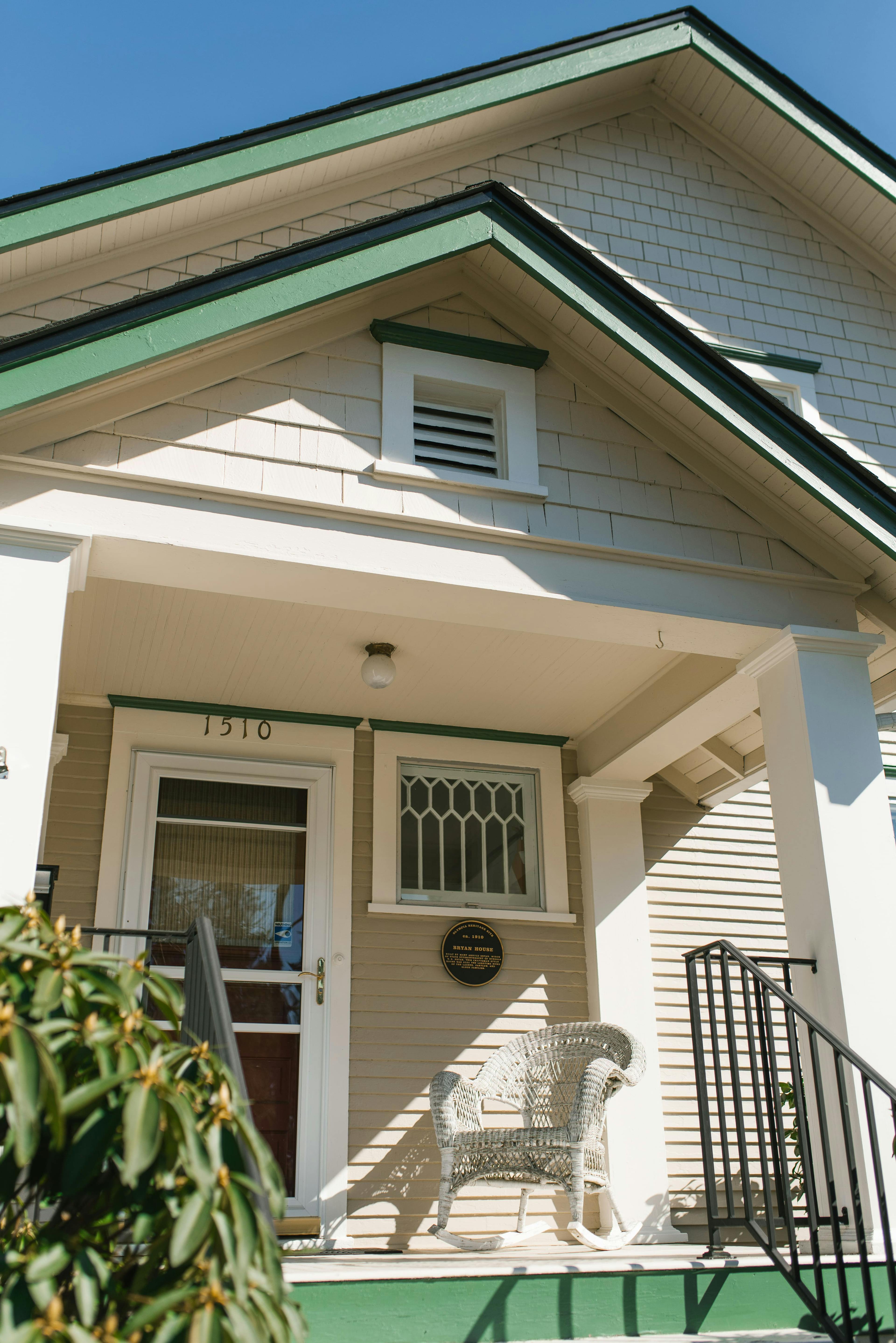First Things First: What Even Is a Heritage Impact Statement?
Published: July 21, 2025
Share

Table of Contents
- 01
- 02
- 03
- 04
- 05
- 06
- 07
Heritage Impact Statement
Nearly every call I get from a renovator starts the same way:
“Do you know what a Heritage Impact Statement is?”
Yes I do. But the fact that you're asking makes me wonder… do you?
It’s a question I end up answering all the time.
A Heritage Impact Statement or HIS, as it’s often called is essentially your way of showing council that you’ve thought about how your renovation might affect the heritage significance of your home (or the area around it) and how you're planning to respect and manage those impacts.
Not a choice required by law
It’s is an essential document that council requires as part of your Development Application (DA) if your property is:
- Individually heritage listed,
- Located in a Heritage Conservation Area, or
- Near a property that’s heritage listed.
In simple terms, it’s your way of showing that your DA has considered the historical importance of the place and that your renovation won’t damage or erase its historical signficance
Why Do I Need One?
Even for relatively small renovations like removing internal walls, adding new window openings, or altering the layout you may still need council approval if your home is in a heritage conservation area. And suppose you’re making any changes that affect the street-facing façade, such as alterations to windows, doors, the front fence, or external materials. In that case, you’ll almost certainly need to prepare a Heritage Impact Statement. These rules apply even if your property isn’t individually heritage-listed. The council wants to ensure that any changes respect the historic character of the streetscape and don’t diminish what makes the area significant. That’s why it’s essential to speak with a heritage consultant or advisor early on it can save you time, money, and a lot of frustration down the line
What’s Actually in a Heritage Impact Statement?
Don’t worry it’s not as scary as it sounds.
A typical HIS will include:
- A history about your property or the area.
- A description of what you're planning to do.
- An assessment of how those works will affect the heritage values.
- A discussion of why the changes are needed, and how you’re making them as sensitive as possible.
- References to planning rules like the local heritage provisions, guided by the Burra Charter (a national set of conservation principles), to be discussed on a different blog.
If that sounds like a lot — it is. But the good news is, you don’t have to write it yourself.
At BE Heritage, we prepare thorough, tailored Heritage Impact Statements that not only meet council requirements but also reflect a deep understanding of your site’s historical context. With my background in planning law, our assessments of the relevant controls are particularly robust — and we go to great lengths with our historical research to ensure your design is both informed and defensible.
The result? A well-supported proposal that balances heritage values with practical, considered design outcomes.,
At BEHG, we also take the time to ensure that the project is also has comments from a heritage lawyer if your project is complex.
What If My House Isn’t Even That Old?
This is a common question, especially from people who’ve bought a 1970s house in a heritage street and can’t see why the council cares.
The answer? Sometimes, your house isn’t the issue; it’s the area. Even if your home has been renovated over time, if it’s in a heritage conservation area, council will still look at how your plans might change the overall look and feel of the street.
So yes, even a fence, skylight, or balcony change can trigger heritage rules.
What Should I Do Next?
If you've been told you need a Heritage Impact Statement, don’t panic — but do get the right advice early.
We can help you understand exactly what's required and how to move forward. Here's how we support you:
- We check the heritage status of your property —including whether it's heritage listed, in a conservation area, or near a listed item under your council’s LEP (Local Environmental Plan).
- We explain the planning rules and connect you with trusted heritage consultants or architects if needed.
- We prepare or coordinate the Heritage Impact Statement — making sure it meets council requirements and is ready well before you submit your application.
Need help? Contact us today to discuss your renovation plans and make sure you’re on the right track from the start.
Final Thought
Renovating in a heritage area can feel frustrating, especially if it’s your first time. But these rules exist for a reason to preserve the character and story of the neighbourhoods we love.
You can also tune in to our podcast, Home and Finance, where we speak with specialists in heritage, planning, and sustainable design as well as real homeowners who share their firsthand experiences navigating heritage renovations. Our mantra is simple: heritage is an opportunity, not a constraint. With the right advice from the start, what might seem like a barrier can actually become one of your project’s greatest strengths.
Updated: July 21, 2025
Published: July 21, 2025

